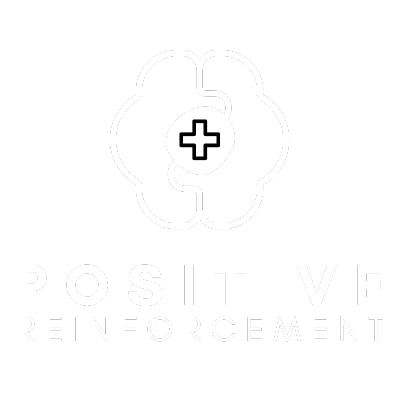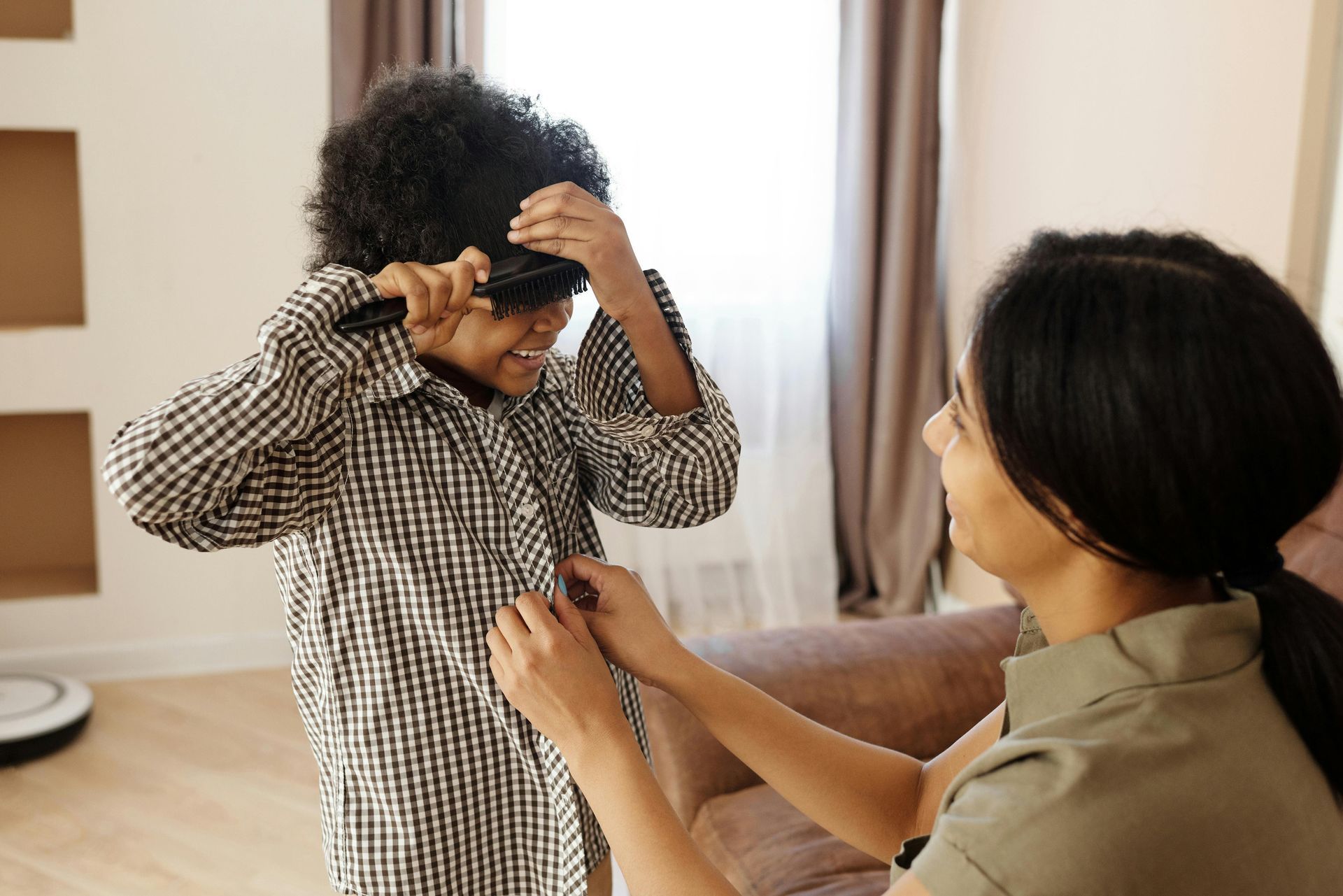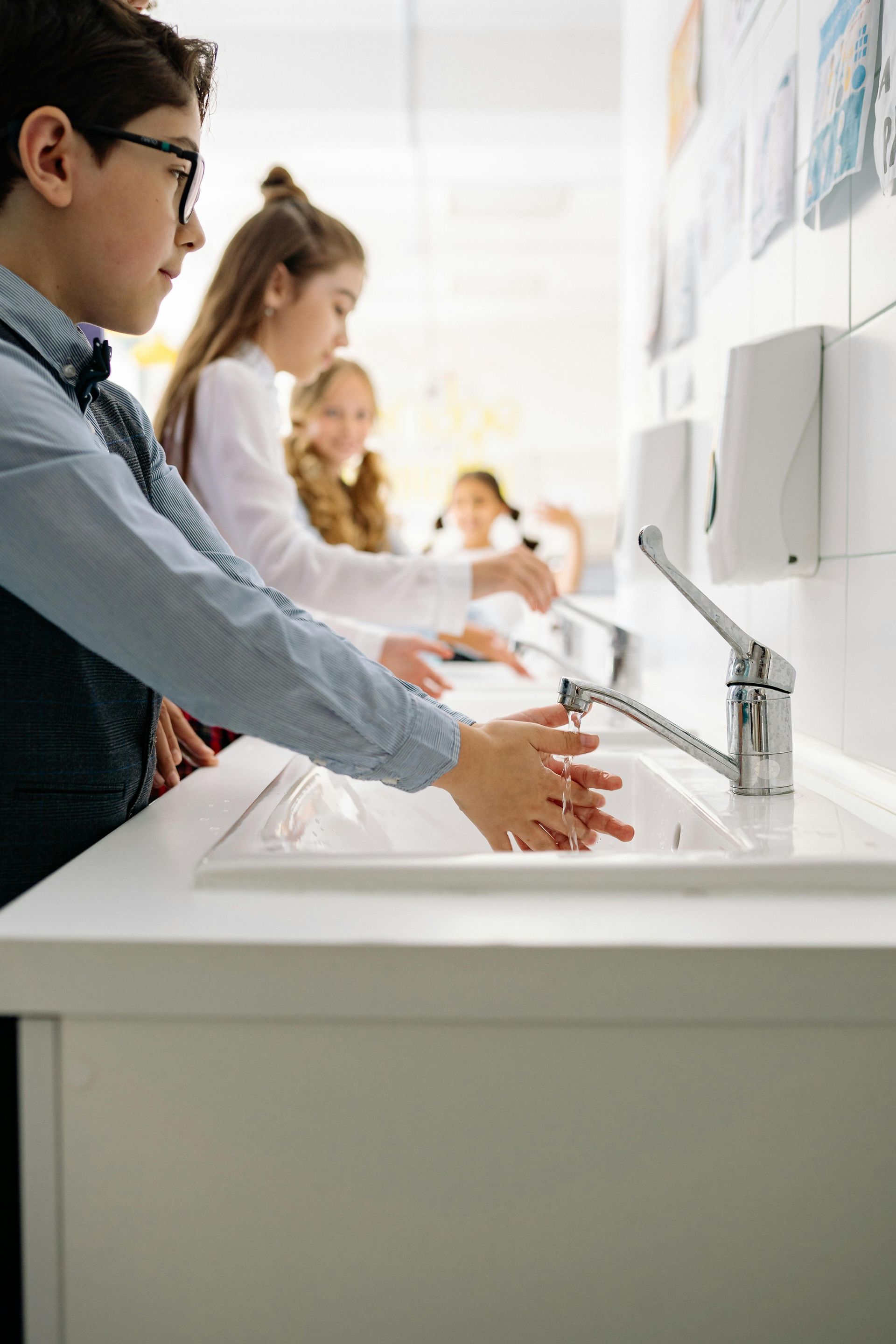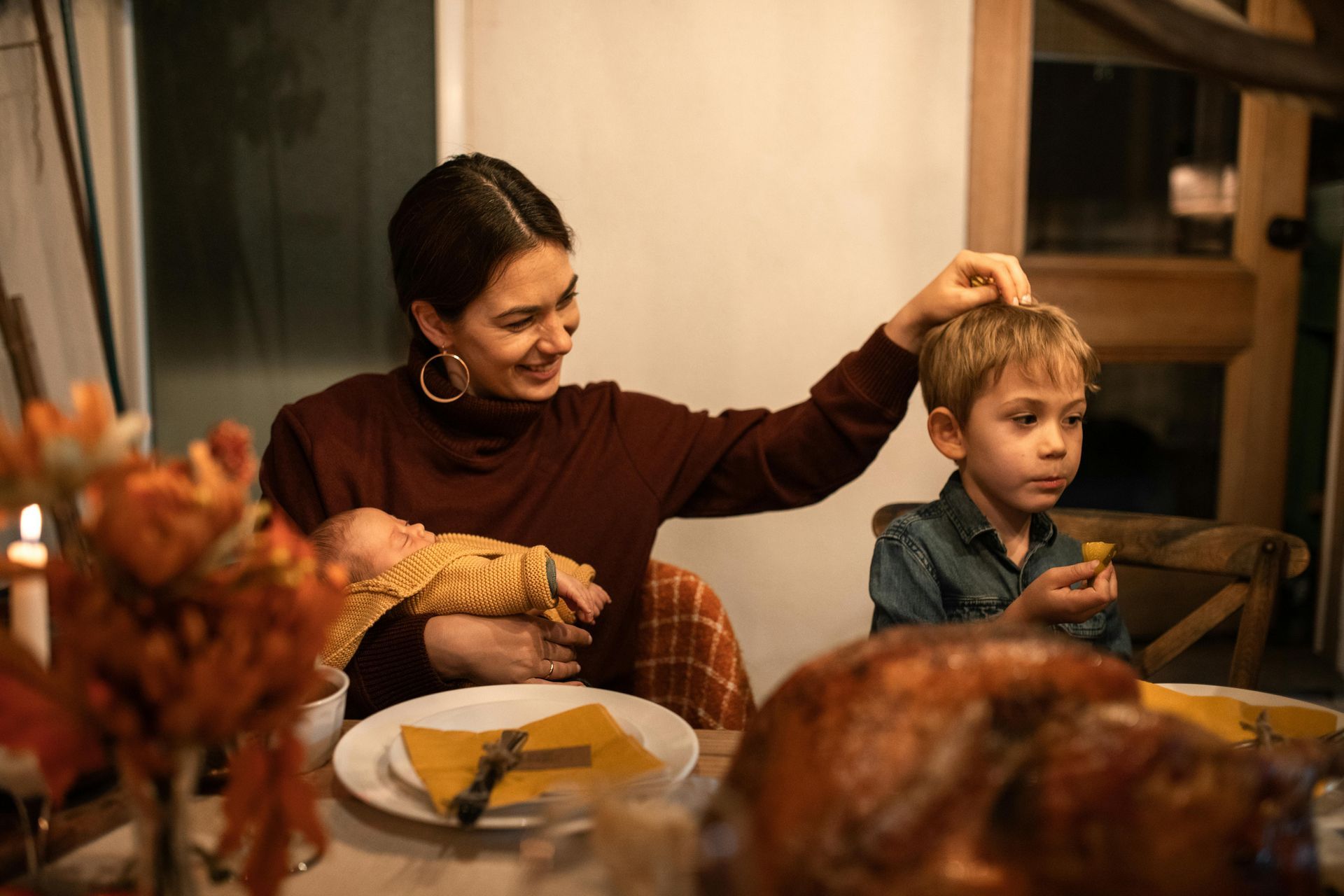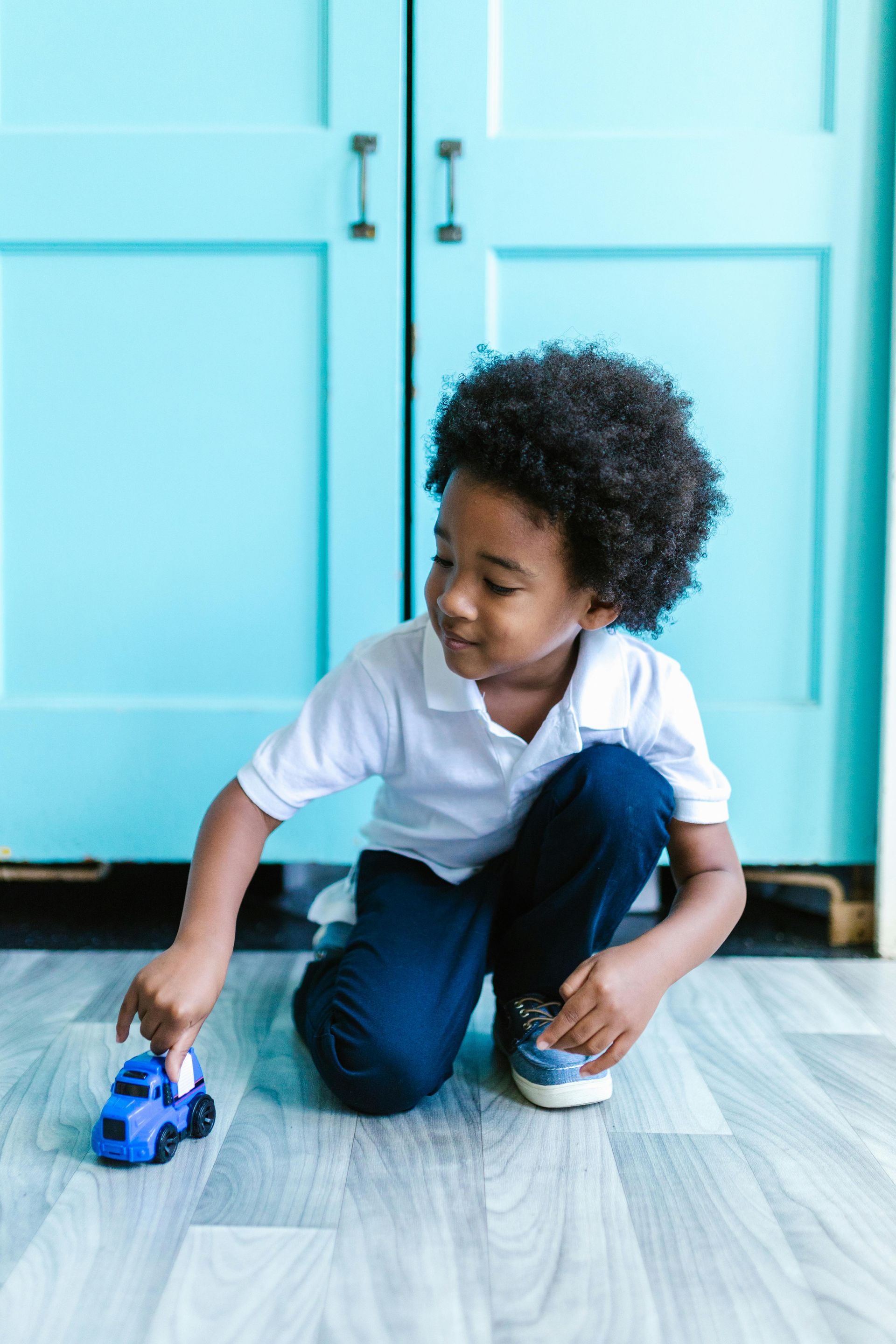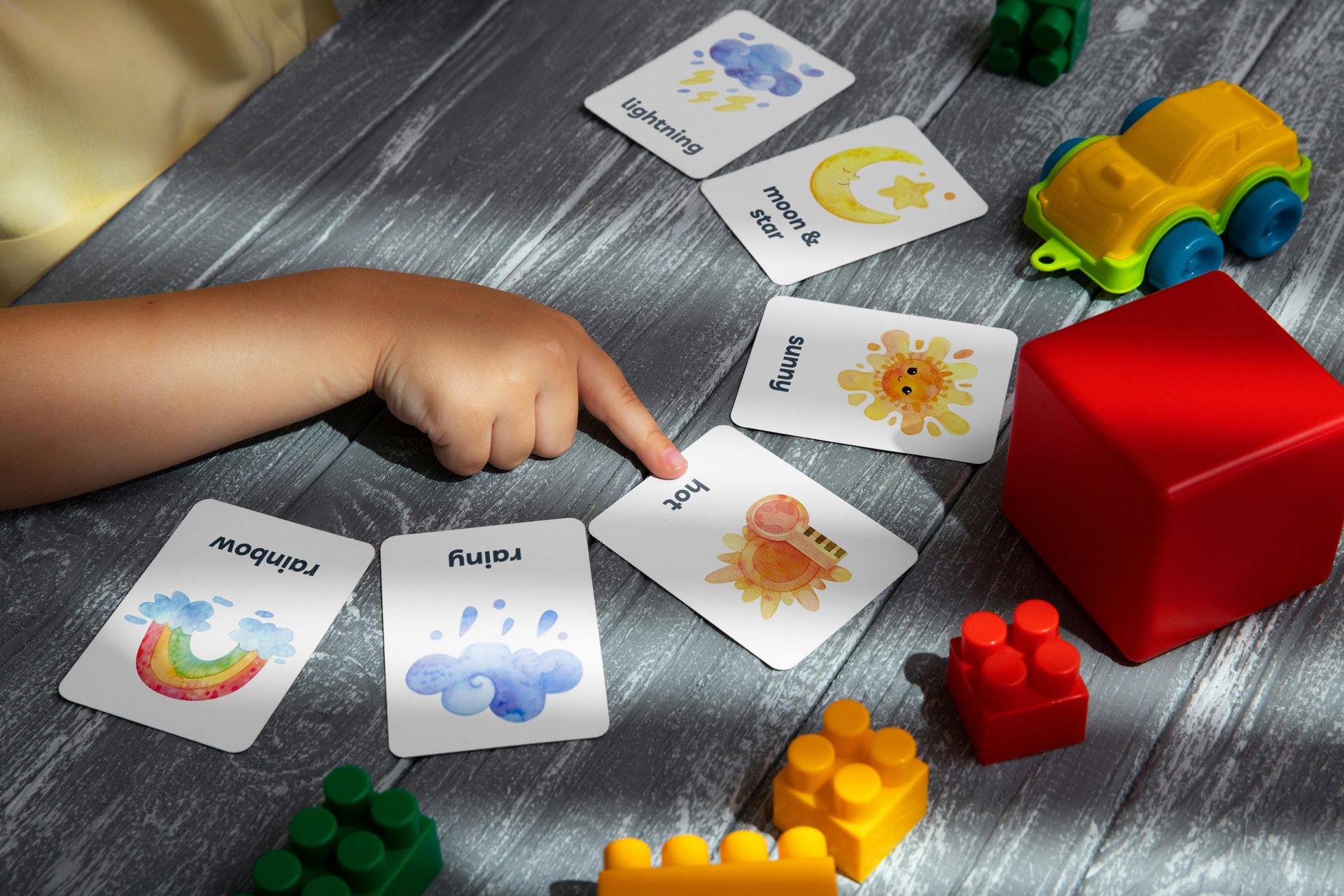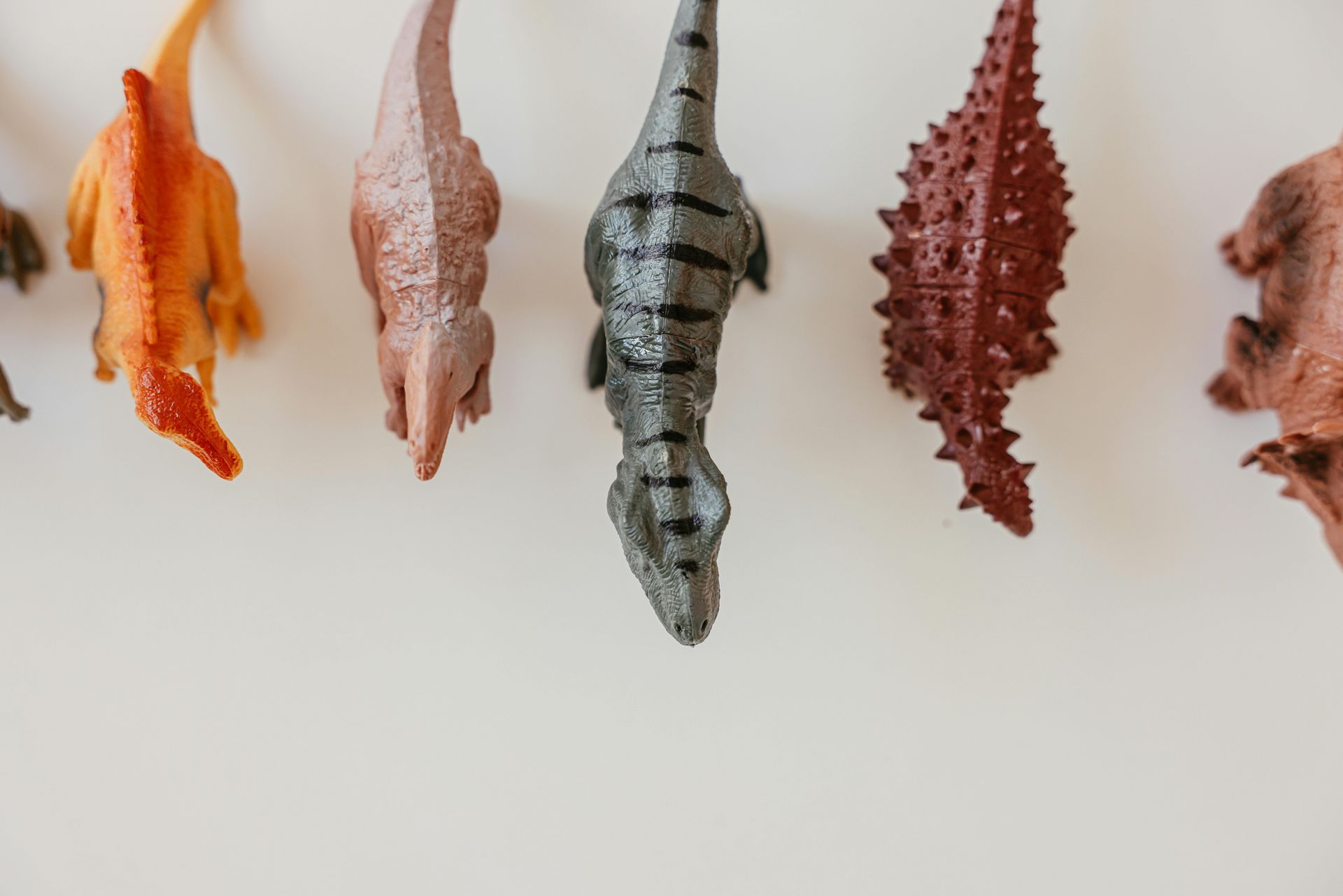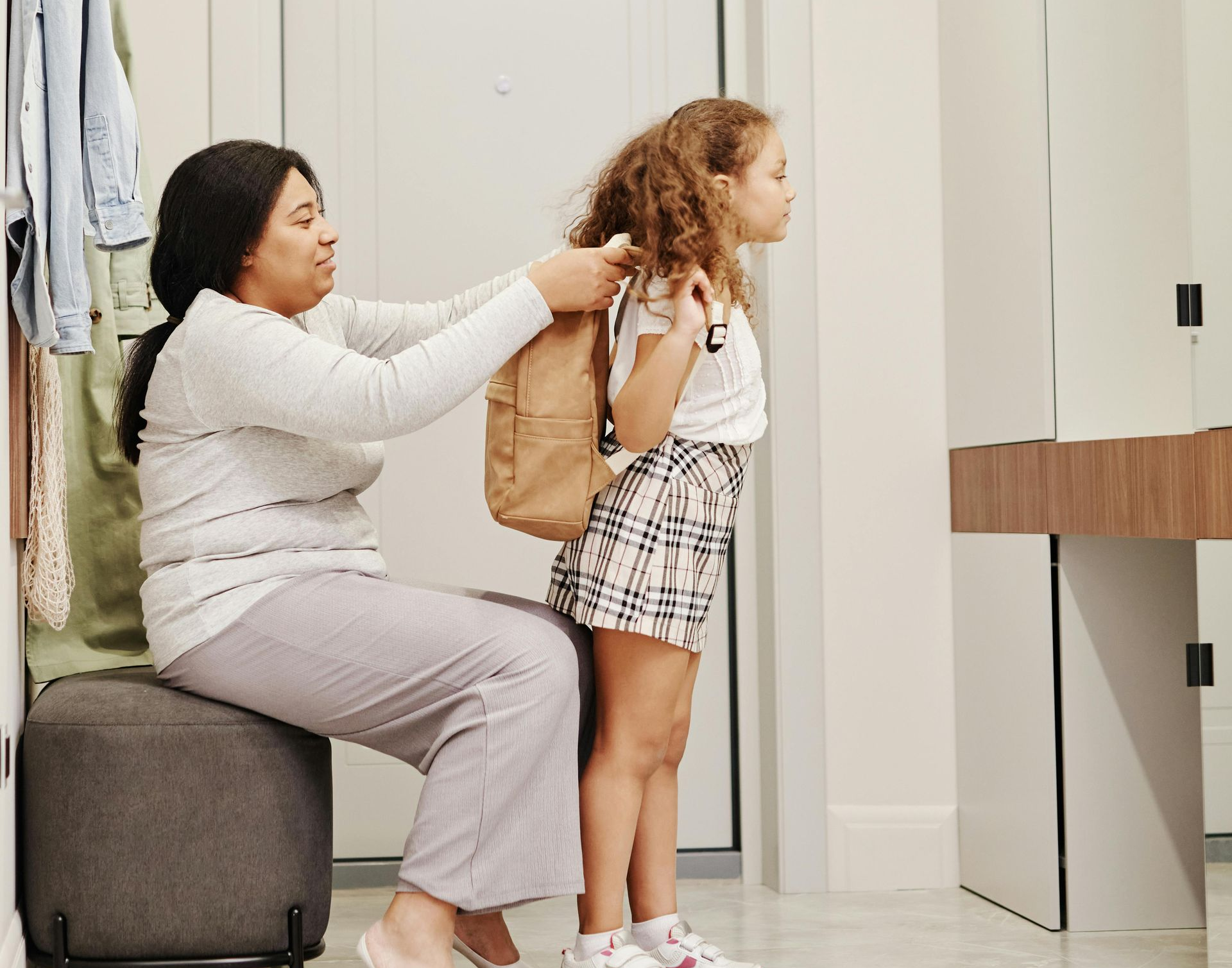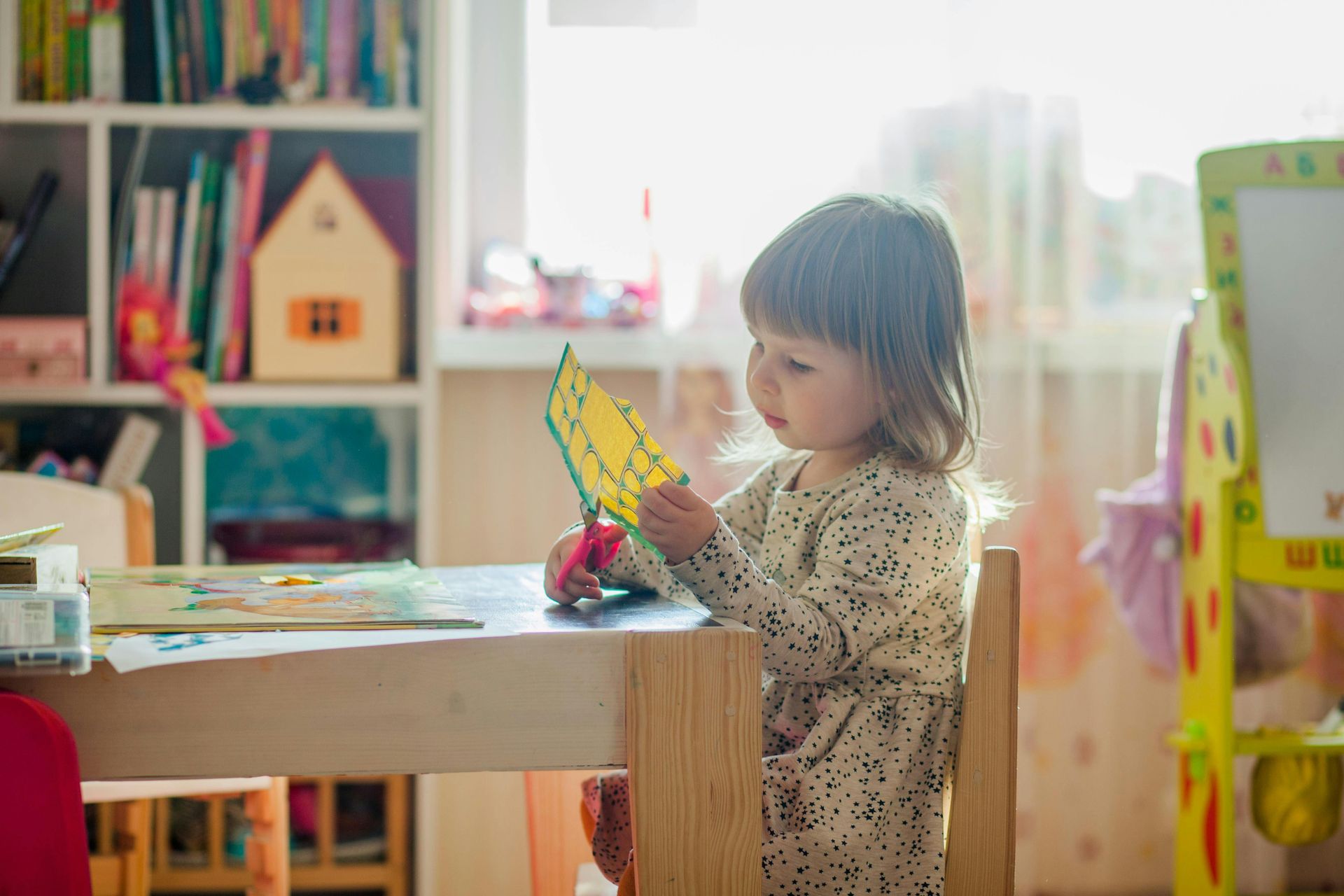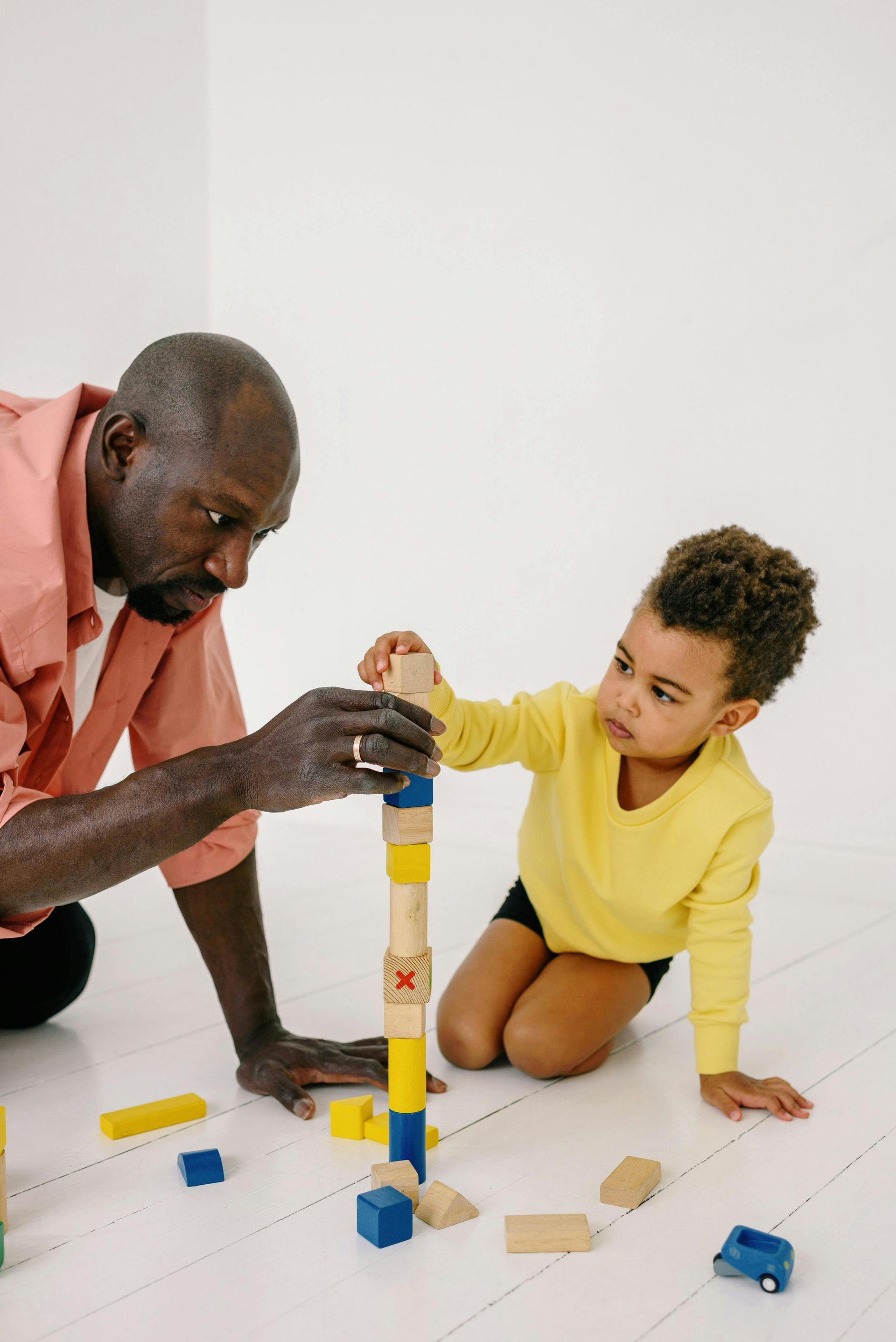Getting Dressed: Tips and Routines for Kids with Autism
Getting Dressed: Tips and Routines for Kids with Autism
One of the many things that children with autism may encounter difficulty with is dressing and undressing themselves. Gross motor skills such as balance and coordination as well as fine motor skills such as using buttons or zippers can factor into this challenge. Nearly 90% of children with autism experience some sort of motor issues. Fortunately, there are a variety of things that parents and caregivers can do to not only help their children with autism be successful in the short term but in the long term as well.
A hallmark of autism is a deep desire for routine and structure. Parents can use this to their advantage by setting up a routine for getting dressed. First, break the task of getting dressed into small steps and use helpful supports such as pictures or other visuals to keep your child progressing in the routine.
One of the most important things to remember when trying to establish a new routine or work on a skill such as dressing and undressing is to take your time but be consistent. Have a daily or weekly plan—for example, pick out clothes the night before or even choose outfits for the whole week. Lay them out in the same place each day; in the shape of a person so that your child can easily see what goes where and how to put the clothes on.
Other tips include:
● Keep in mind any potential sensory issues when it comes to clothing. Undesirable textures or other features may make getting dressed and comfortable even more of a challenge for your child. Check into the many brands that offer tagless and seamless clothing.
● Offer choices as appropriate, meaning keep choices simple and fitting to the weather.
● To help with balance issues, have your child sit down and opt for loosely fitting clothes that will be easier to put on and take off.
● It can sometimes be helpful for the child to get dressed in front of a mirror to see how their body is moving.
● Positive reinforcement in the form of praise and small rewards can be very effective when working on new skills and routines. You might try starting a sticker chart to track and reward their progress.
However you choose to support your child in cultivating a routine for getting dressed, proceed with patience and persistence!
Positive Reinforcement provides in home ABA therapy services to Richmond Virginia, Somerset Kentucky and surrounding areas
